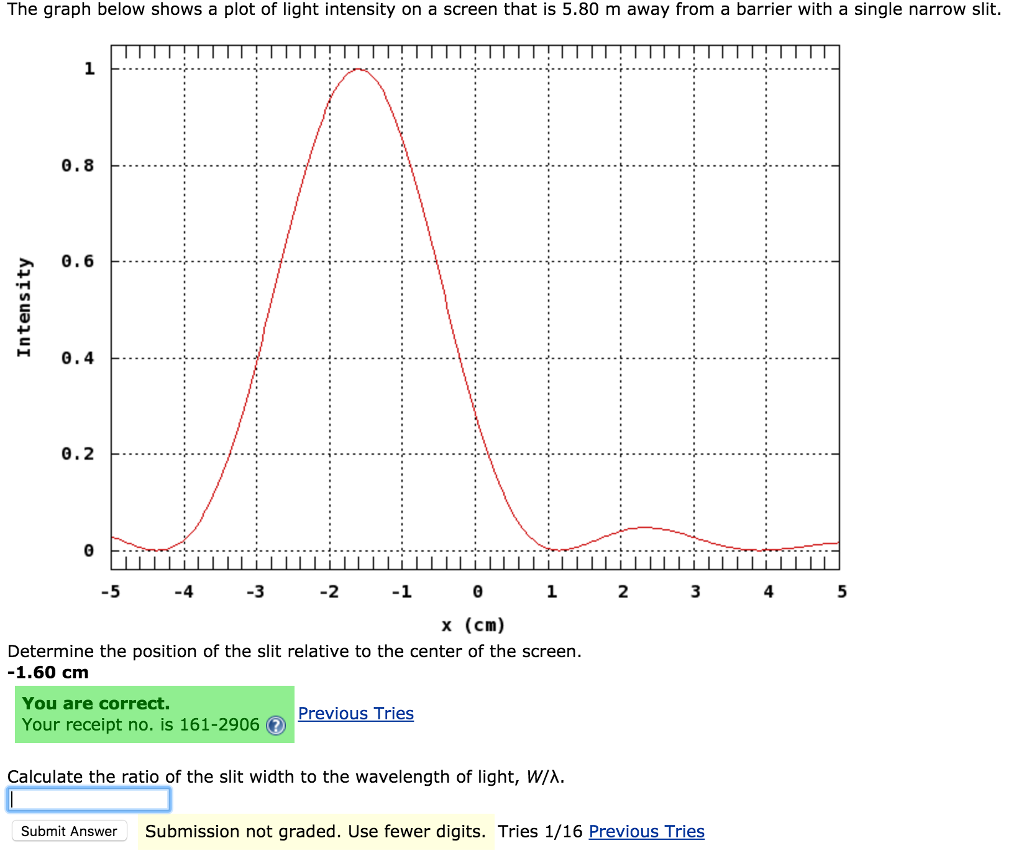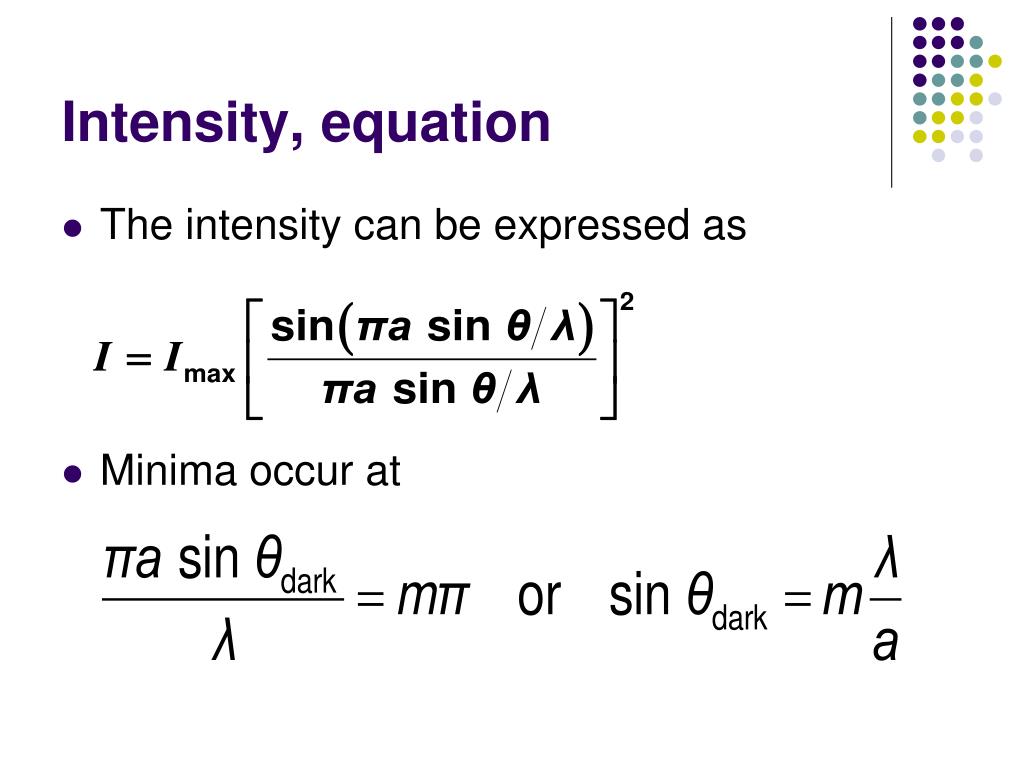
These types of waves are characterized by the rate of change of pressure (d P/d t) they cause compression wavefronts have d P/d t > 0 for expansion wavefronts d P/d t < 0. The wave intensity at the last time interval is shown at the bottom of the figure with the acceleration (compression) wave unshaded and the deceleration (expansion) wave shown filled.įrom a fluid or gas dynamics perspective, longitudinal waves can be characterized as compression waves or expansion waves ( Fig. Both compression and expansion wave continue to propagate along the tube. This change in velocity and pressure causes a forward travelling expansion wave that decelerates flow.

At the next time point the piston is decelerated back to zero velocity and the velocity of the fluid moving into the tube decreases. The change in flow velocity and pressure in the tube generates a forward wavefront that propagates along the tube at the wave speed determined by the lumped distensibility of the tube and the fluid. In the next time interval the fluid continues to flow into the tube further distending the tube. In (B) the fluid displaced by the piston flows into the elastic tube distending it. The slinky is then expanded causing a second expansion wave to follow the initial compression wave. In (A) the slinky is compressed transmitting a compression wave that travels along the slinky. 14 This accounts for the much lower wave speeds seen in arteries than in rigid tubes.Ĭompression and expansion waves in (A) a ‘slinky’ and (B) a fluid-filled tube connected to a syringe pump. a blood vessel) is that the effective compressibility is the sum of the true compressibility of the fluid and the distensibility of the tube. The major difference between wave propagation in a rigid fluid-filled tube and an elastic fluid-filled tube (e.g. the displacement of the medium is parallel to the direction of wave propagation), akin to acoustic waves or longitudinal waves in ‘slinkies’ ( Fig. waves in a violin string or a ‘Mexican’ wave at a sports stadium) where the displacement of the particle or medium is perpendicular to the direction of wave propagation however, in the case of waves in arteries, the waves are predominantly longitudinal waves (i.e.

Often when people think of waves they think of transverse waves (e.g. Hence waves can, and do, travel at speeds considerably faster than the bulk flow velocity of blood in the circulation. It is also worth emphasizing that a wave involves the transmission of energy through displacement of particles or medium (blood) without implying a bulk movement of the medium. Implicit in this definition, though sometimes not appreciated, is that waves in the arterial circulation necessarily involve simultaneous changes in pressure and flow. 11– 13Ī wave is a disturbance that is propagated through a medium with an exchange between kinetic and potential energy.

More recently, waves in arteries have received increased attention as a possible independent mediator of cardiovascular risk 6– 10 and a potential therapeutic target. In the 1950–1960s, Womersley and McDonald (cited by Milnor 4 and Nichols and O’Rourke 5) made major contributions to the understanding of fluid motion and waves in the circulation. The medical significance of the arterial pulse has intrigued observers at least for over 2000 years (cited by Fung 1), and both Leonhard Euler 2 and Thomas Young 3 discussed waves in the arterial circulation over 200 years ago.


 0 kommentar(er)
0 kommentar(er)
